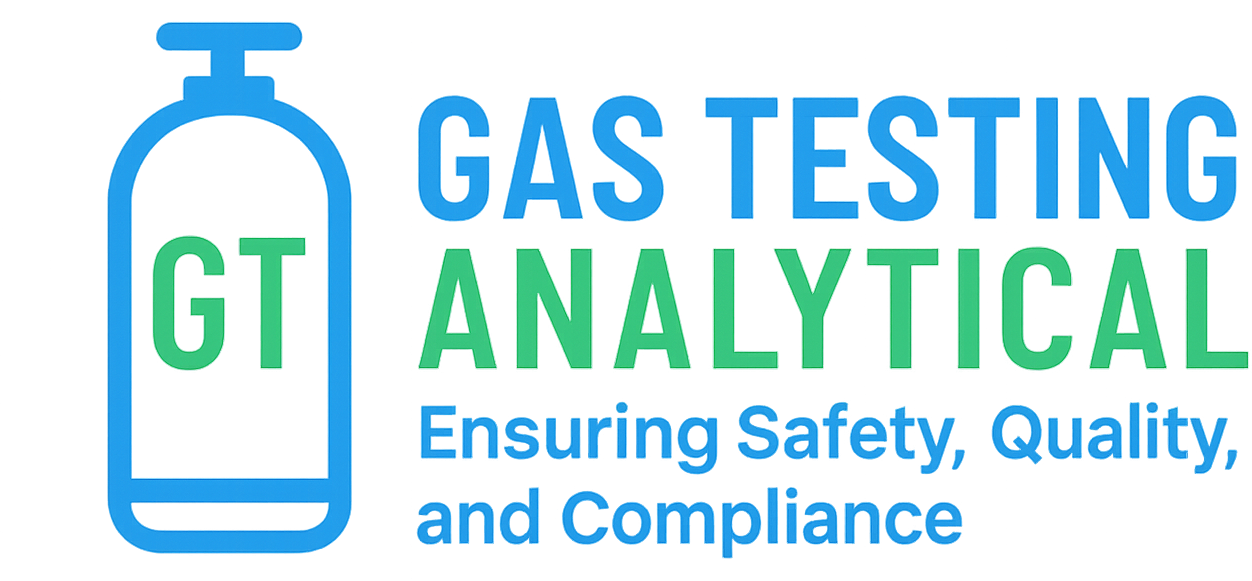European Pharmacopoeia (EP) Medical Gas Monographs
The European Pharmacopoeia (EP) establishes official quality standards for medicinal products and substances in Europe, including medical gases. Each monograph under the EP specifies identity, purity, allowable impurities, and testing requirements that must be met to ensure safe and effective use in healthcare and manufacturing.
Common EP medical gas monographs include:
- Oxygen (O₂): EP monograph defines purity requirements (≥99.5%), moisture content, identification tests, and allowable levels of carbon monoxide, nitrogen, and argon. Used in respiratory therapy, cell culture, and critical care.
- 3 grades: Oxygen, Oxygen 93%, Oxygen 98%
- Carbon Dioxide (CO₂): Must meet specifications for water content, acidity/alkalinity, and impurities like CO and NOx. Common uses include pH control, insufflation, and anesthesia.
- Nitrogen (N₂): Inert gas used in cryopreservation, packaging, and as a diluent. EP requires high purity (≥99.5%), limits on oxygen and moisture.
- 2 grades: Nitrogen and Nitrogen low-oxygen
- Nitrous Oxide (N₂O): EP outlines purity (≥98%) and stringent limits for NO, NO₂, and moisture. Used in anesthesia and analgesia.
- Helium (He): Though often not pharmacopeial, EP requires inertness and low levels of reactive impurities. Essential for respiratory therapy and analytical applications.
- Medical Air: A blend of oxygen and nitrogen, typically tested for oxygen, oil mist, particulates, and microbiological contamination.
- 2 Grades, “Air, Medicinal” and “Air, Synthetic Medicinal”
Techniques in EP Gas Compliance
Chemiluminescence, Ultraviolet fluorescence, Ultraviolet analysis, Infrared analysis, Infrared spectrophotometry, Electrolytic hygrometer analysis, electrochemical cell analysis, gas chromatography, wet chemistry, detector tubes, and paramagnetic analysis serve a specific role in maintaining compliance with European Pharmacopoeia specifications and monographs. The combination of methods allows pharmaceutical laboratories and gas manufacturers to ensure:
- Purity: Detect and quantify trace impurities like CO, SO₂, NOx, and hydrocarbons.
- Identity: Confirm gas composition via IR or UV absorption signatures.
- Moisture Control: Validate water vapor content in gases where dryness is critical.
- Safety: Mitigate risks associated with toxic contaminants through sensitive detection.
In cGMP environments, these technologies are typically integrated into validated methods and accompanied by robust data integrity, calibration, and quality assurance systems.
Each gas must be produced and tested according to Good Manufacturing Practice (GMP) and validated analytical procedures. Compliance with EP standards ensures that gases are safe for direct administration or use in drug production.
Our team supports full lifecycle compliance for EP monographs through method validation, on-site testing, and documentation aligned with national competent authority expectations (e.g., EMA, MHRA).


